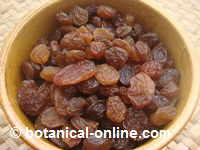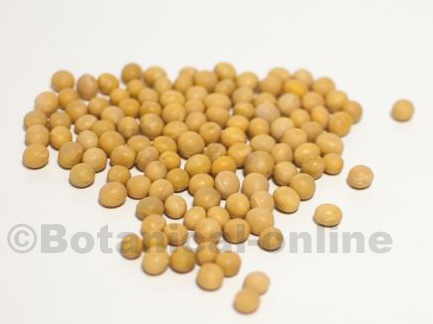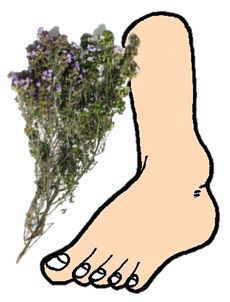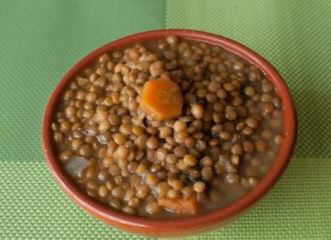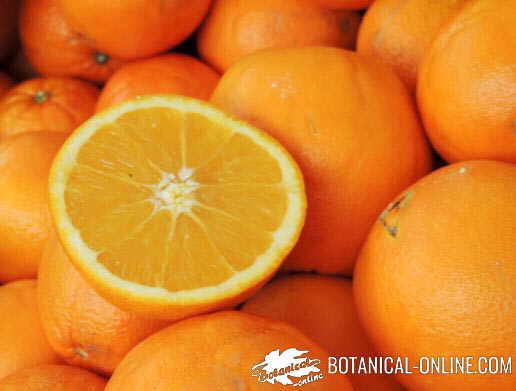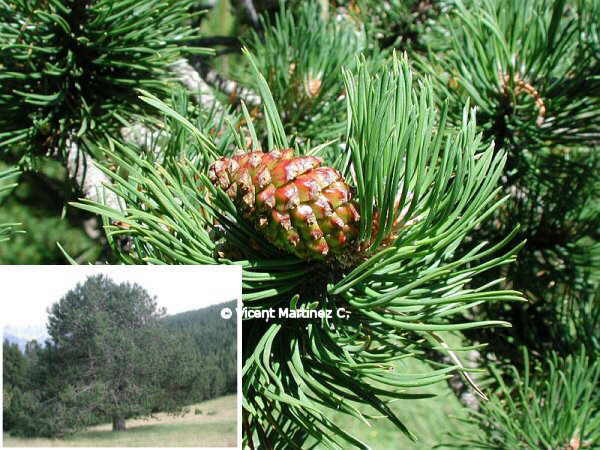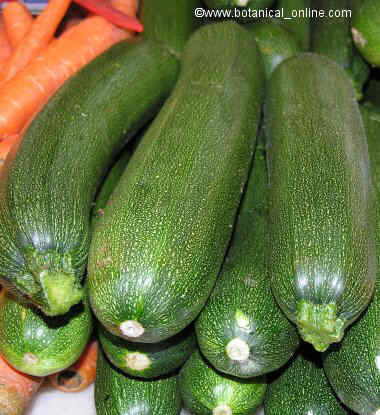Contents
FRUITS WITH A LOT OF CALCIUM
Do fruits have lots of calcium?
The content of calcium in fruits is generally lower than that of legumes, although we must consider that some of the calcium in legumes is lost in cooking, while fruits are usually eaten raw, so that, in practice, the percentage of calcium purchased is close to those.
We also have to keep in mind that a large part of the calcium in the fruit is found in the skin. In general, fruit juices often have less calcium than the fruits themselves from which they come.
Which fruits have the most calcium?
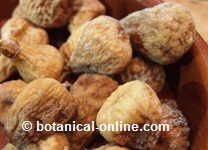 Dried figs are rich in calcium
Raisins contain a lot of calcium |
Among the richest fruits in calcium are dehydrated fruits and berries. A special case deserves jamaica rose and dried figs:
Jamaican rose (Hibiscus sabdariffa), also called Abyssinian rose, Roselle, Gabeche or Jamaican flower is a plant of the family of the mallow that can reach the 3 or 5 meters of height.
It draws much attention by the strong red chalice of its flowers that is used as medicinal.
It is a plant that has been widely used as a dye, as a vegetable fiber and as a medicinal plant.
The fruit preparations facilitate urination, lower blood pressure and reduce fever.
Its leaves are edible. From its fruits are made jams that possess a very high level of calcium.
The calcium content of dried figs exceeds that of milk.
FRUITS WITH CALCIUM – LIST OF FRUITS RICH IN CALCIUM (milligrams kg)
In order from highest to lowest content:
|
|
See also:
![]() More information on calcium
More information on calcium
| MINERALS | MACROELEMENTS | MICROELEMENTS |
| Calcium, chlorine, phosphorus, magnesium, sodium, potassium | Copper, chromium, fluorine, iron, manganese, molybdenum, selenium, iodine, zinc. |

